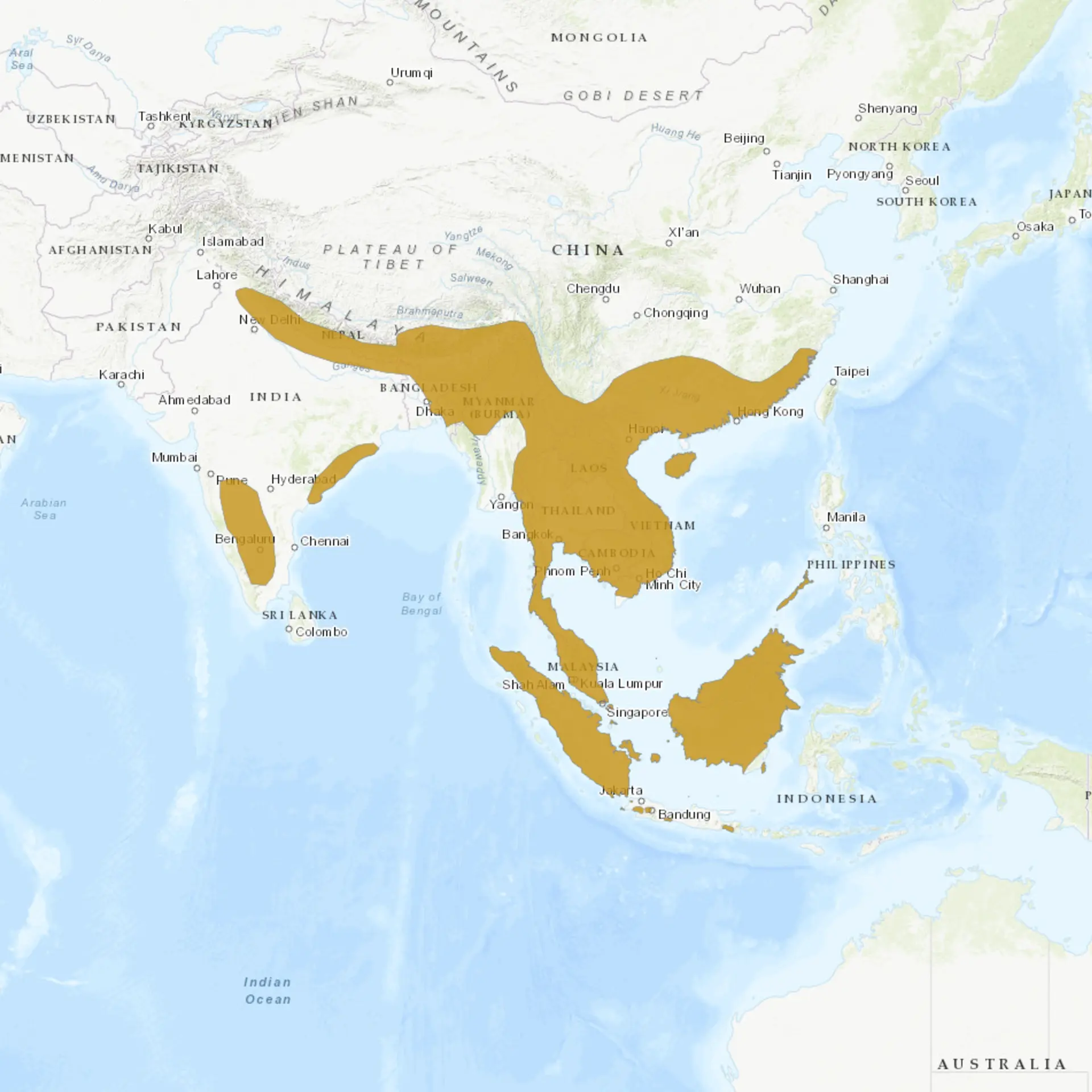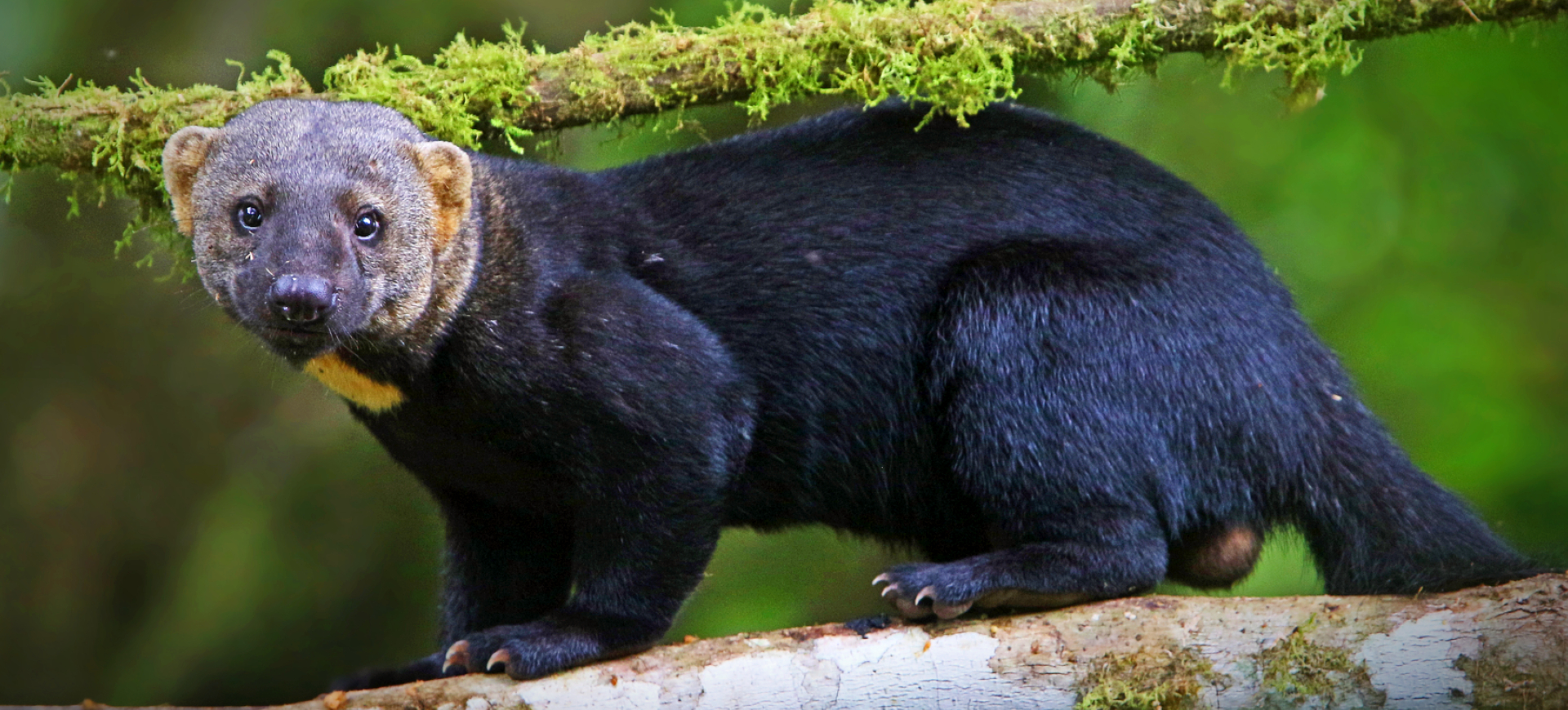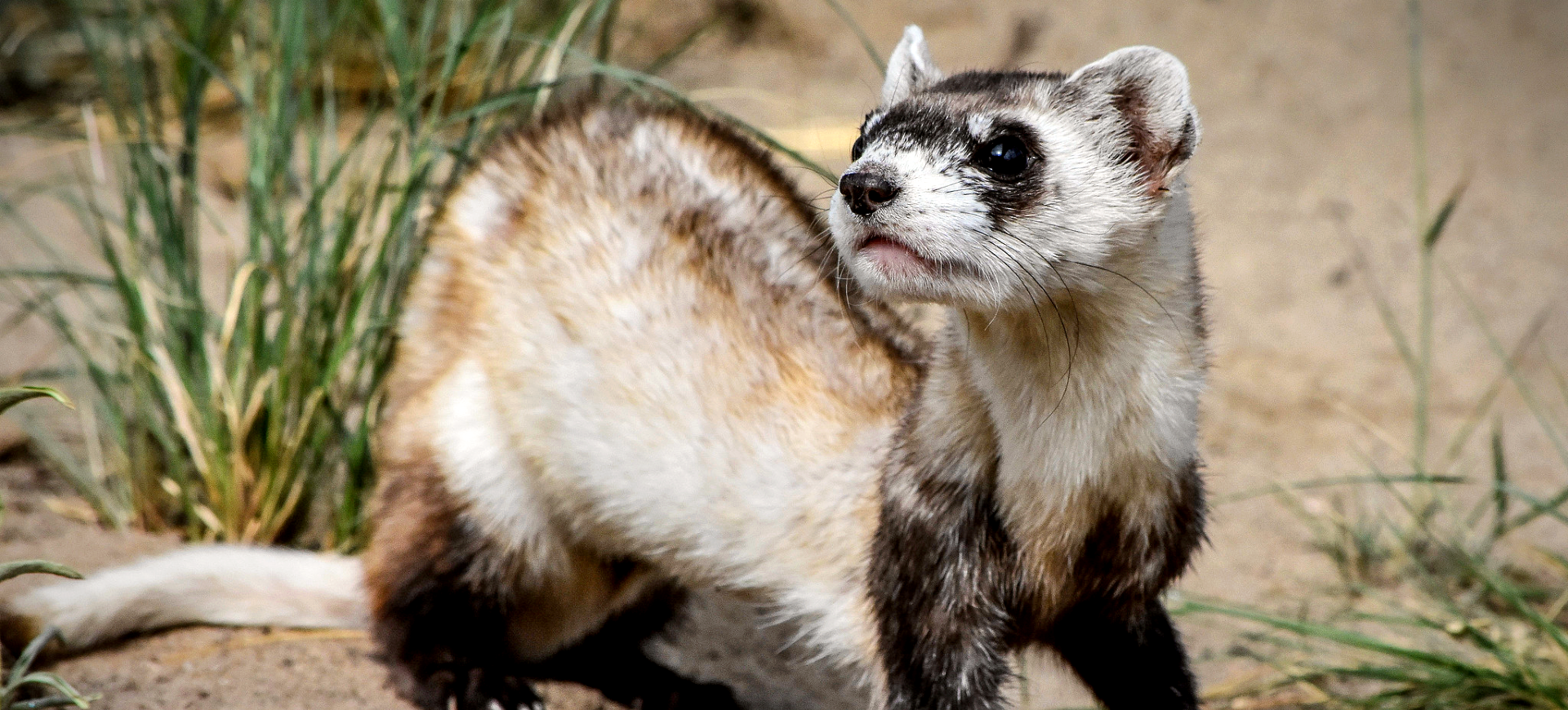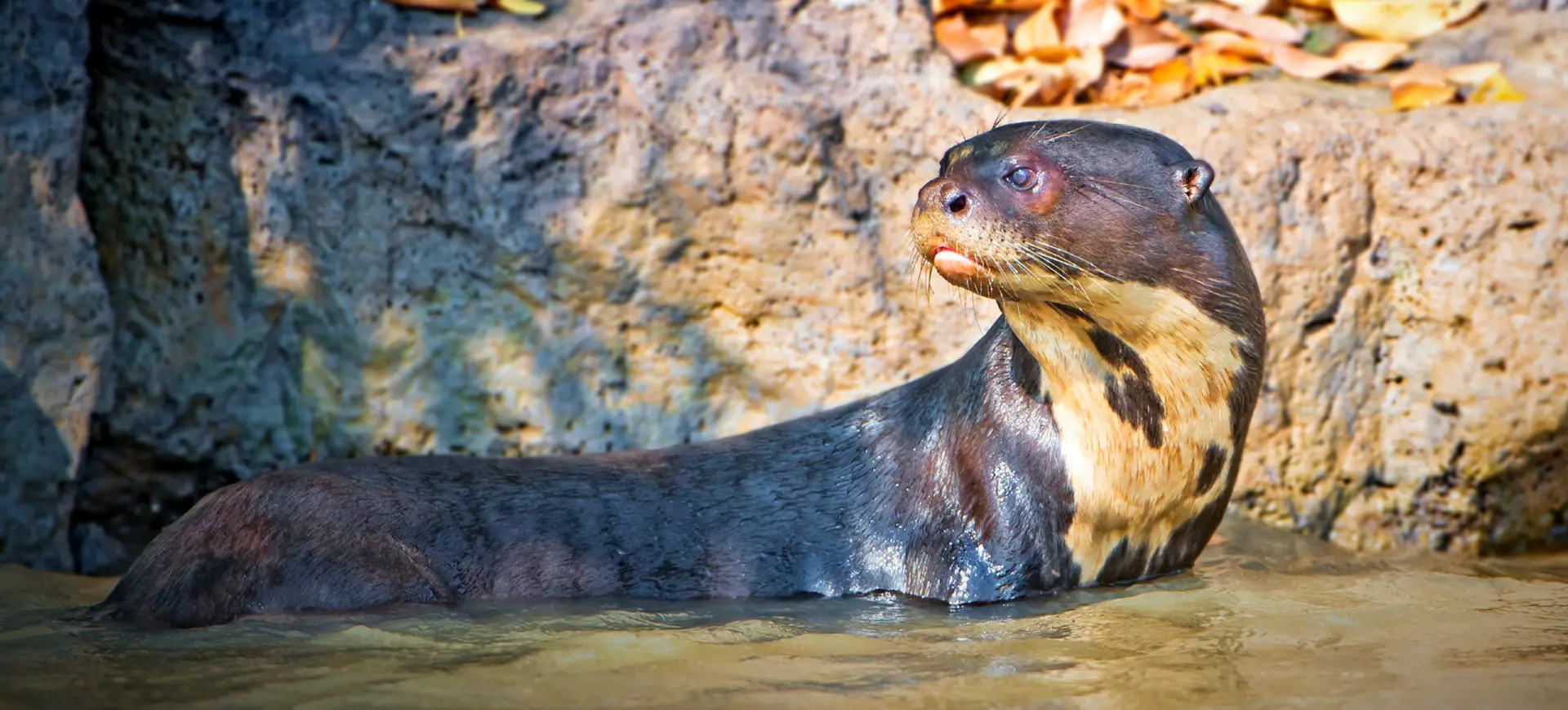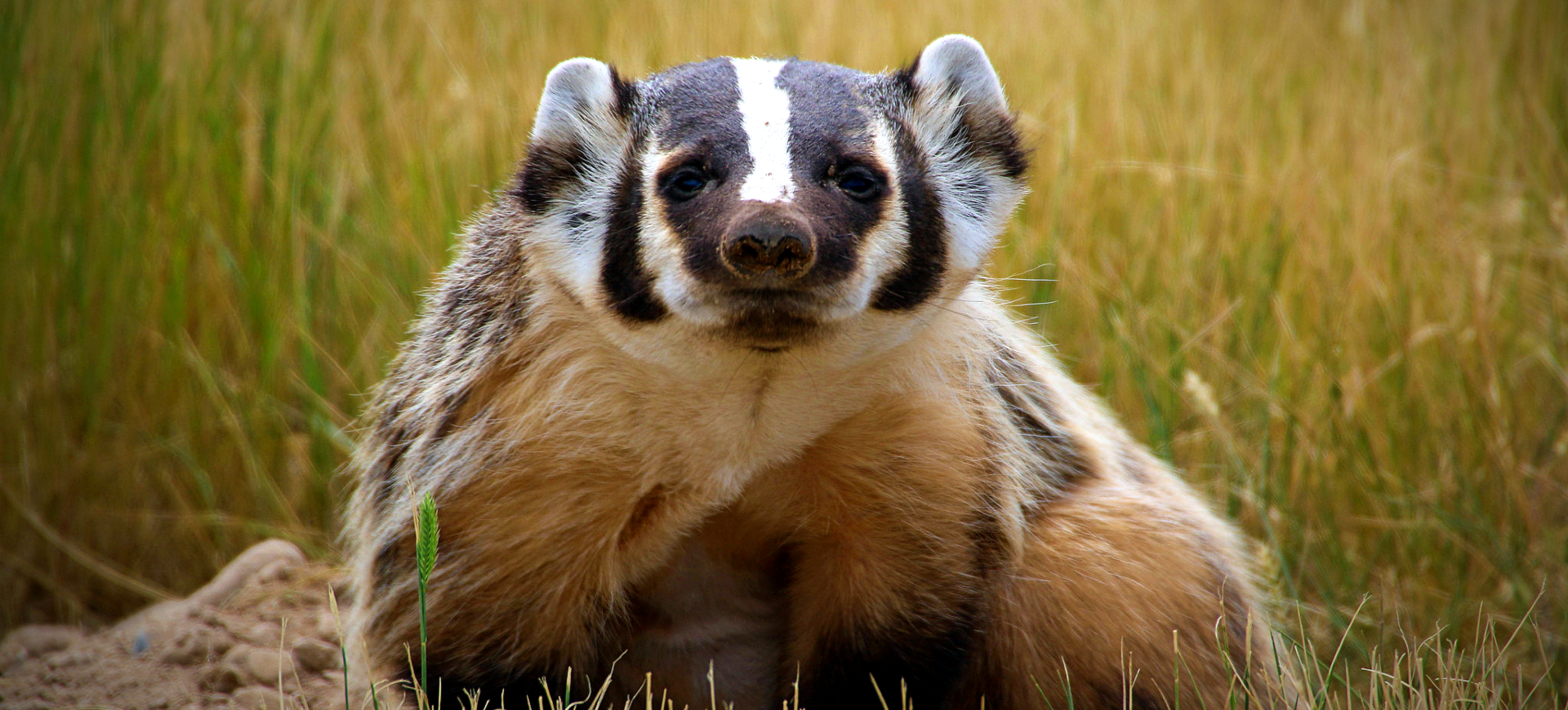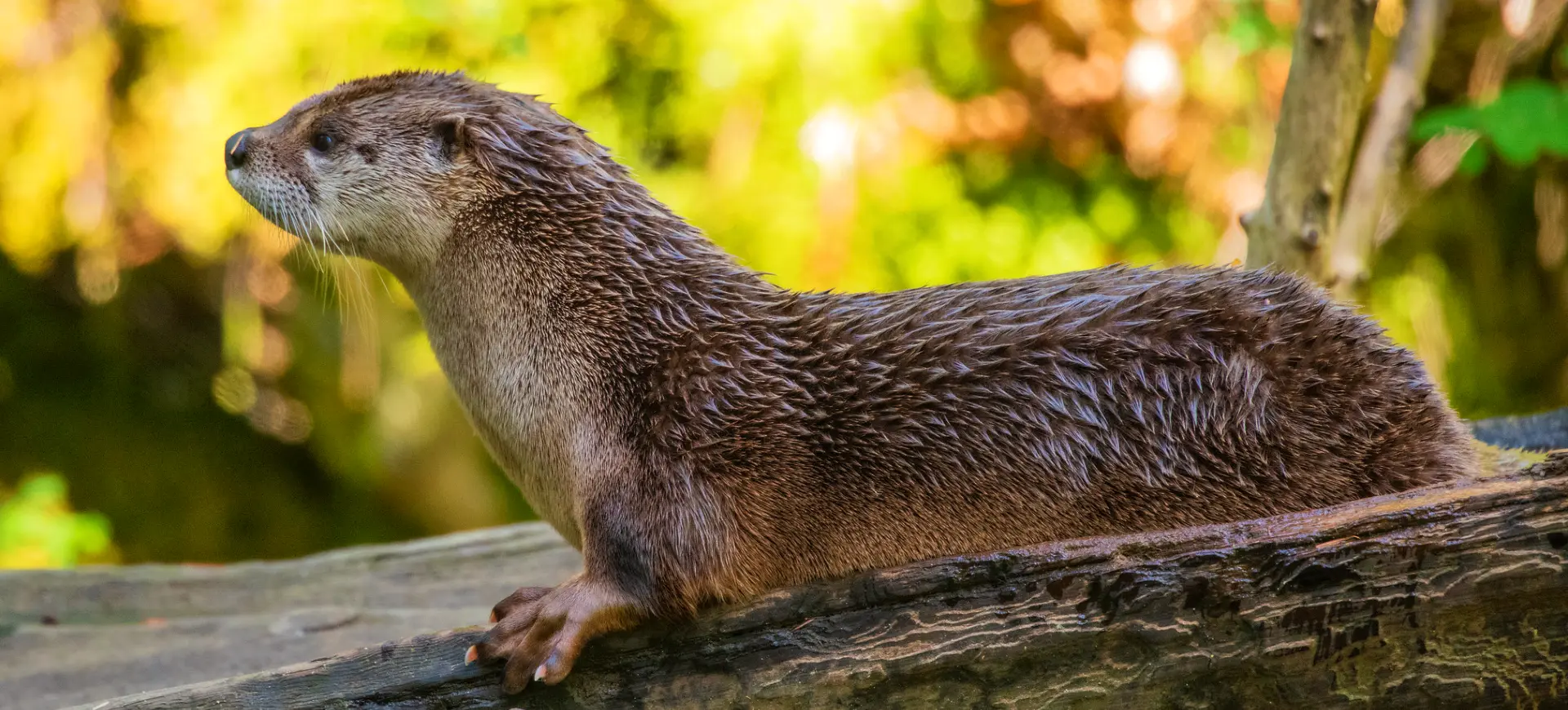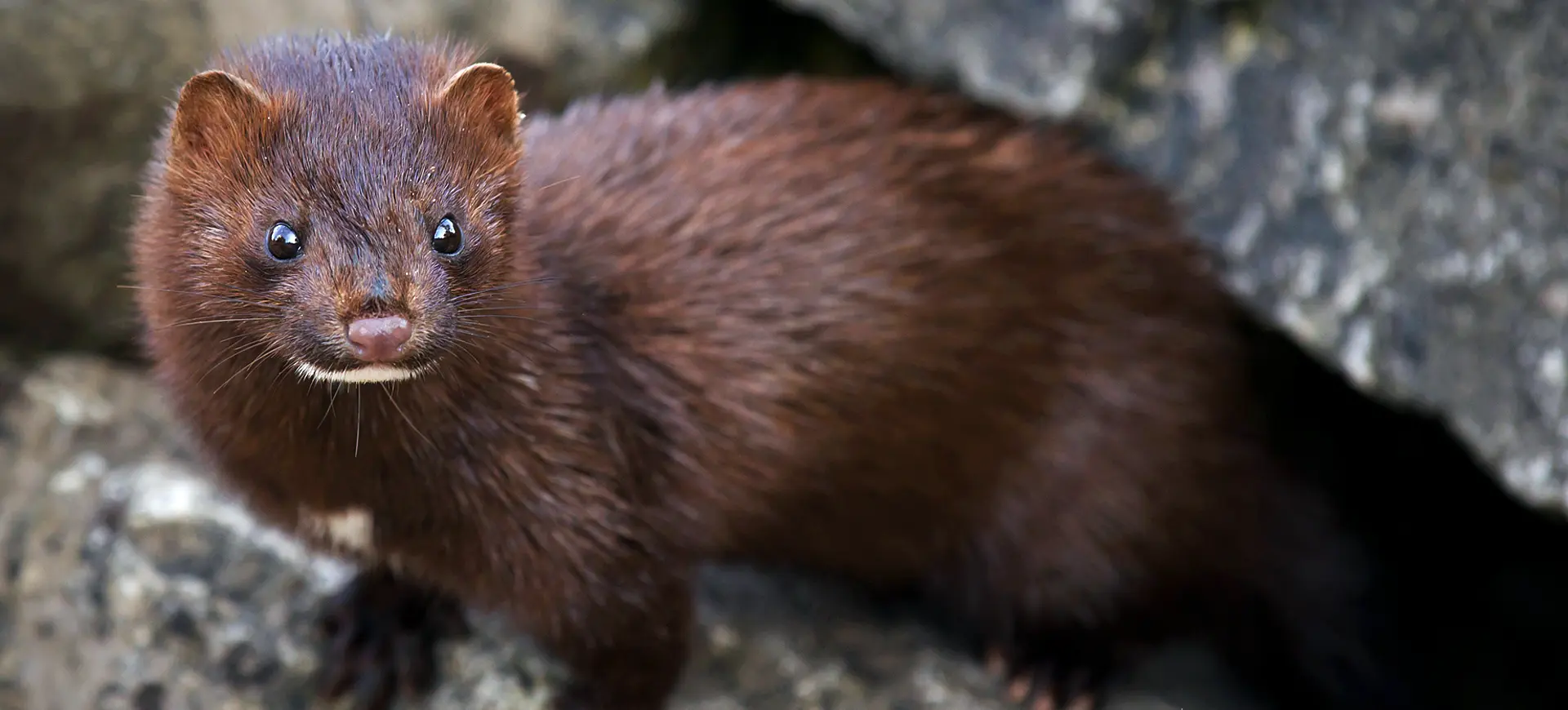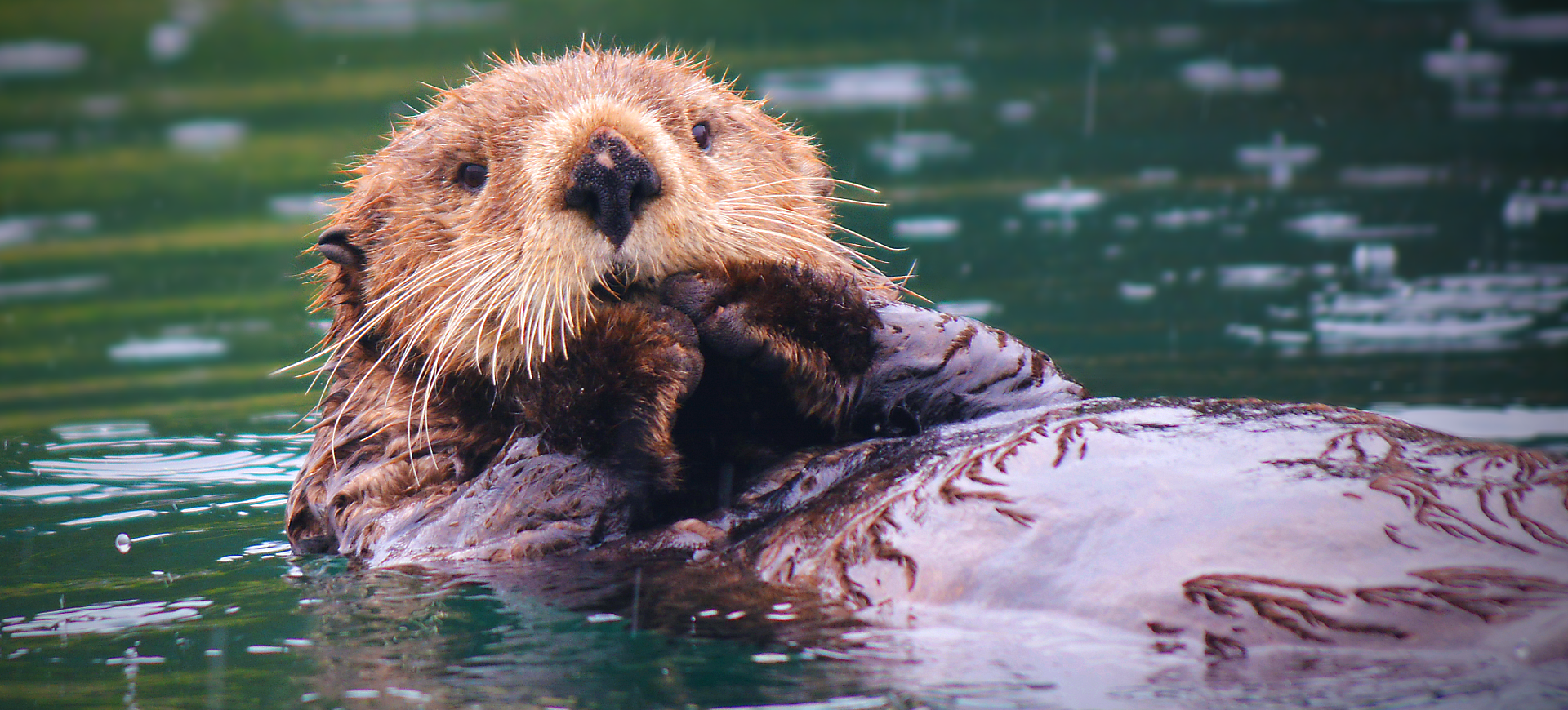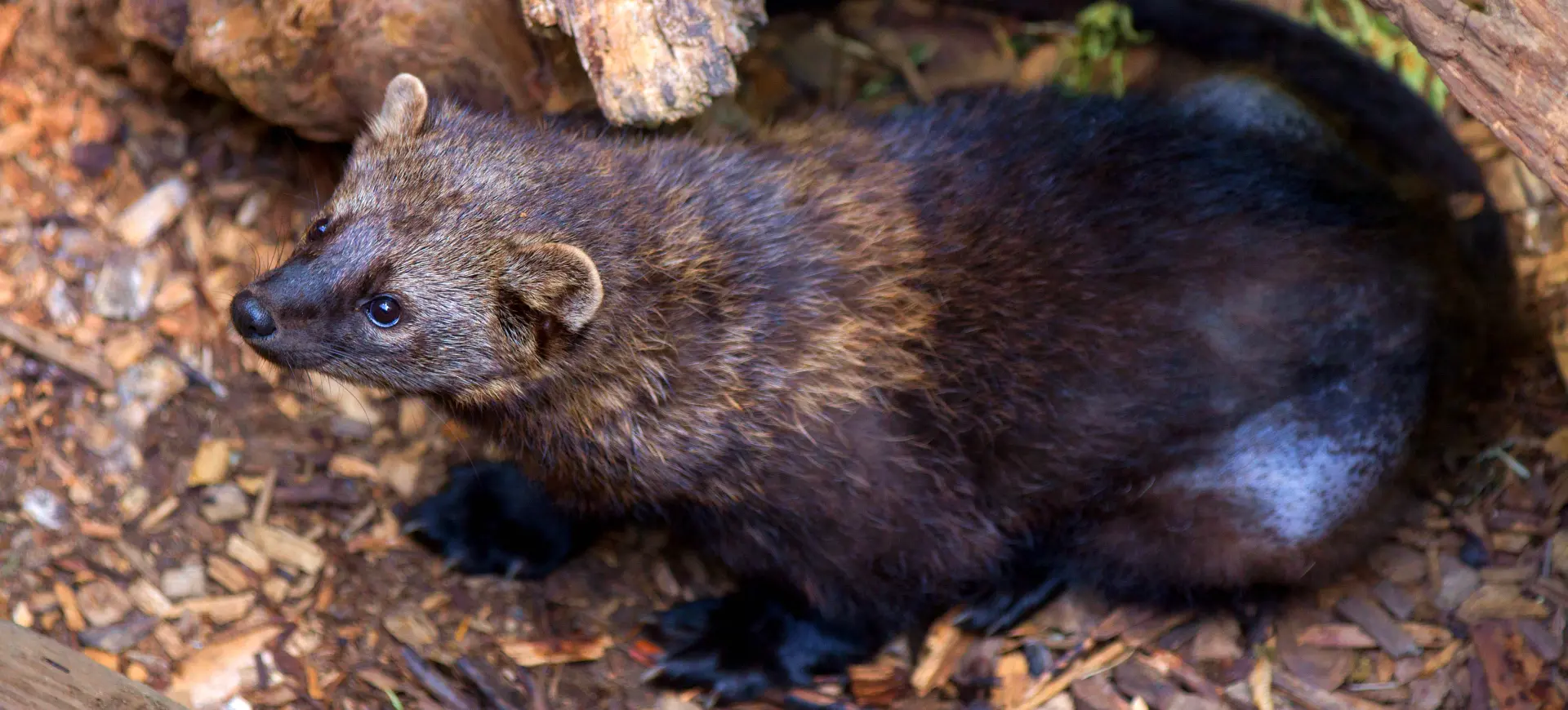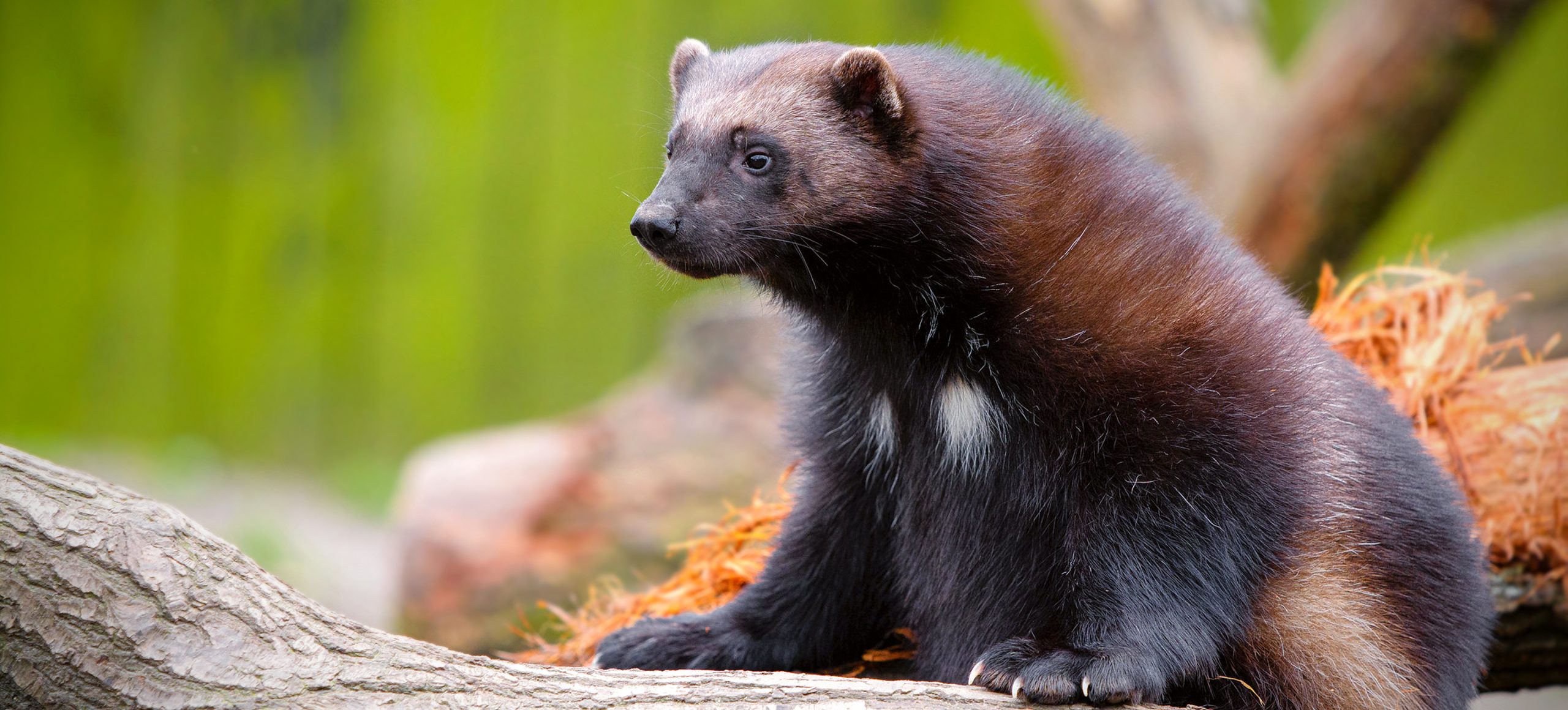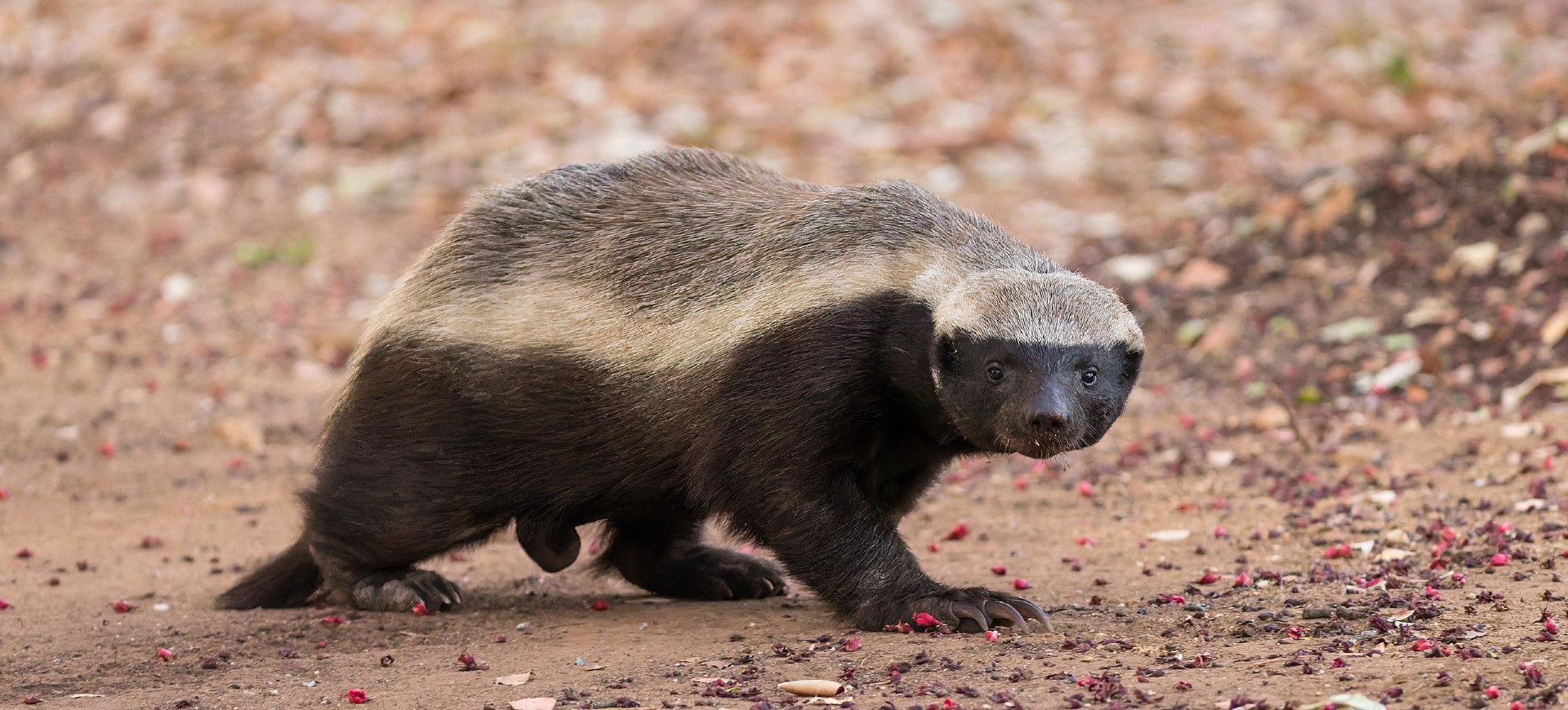Overview
The Asian small-clawed otter (Aonyx cinereus) is the smallest otter species in the world, known for its playful behavior, social nature, and remarkable dexterity. Found in freshwater and coastal habitats across South and Southeast Asia, it is highly adapted for life in aquatic environments while maintaining significant activity on land. Unlike most otters, this species relies more on its forepaws than its teeth to manipulate and open prey, primarily including crabs, mollusks, and other small aquatic creatures. The Asian small-clawed otter plays a crucial role in its ecosystem as both a predator and an indicator of wetland health. Still, it faces significant threats from habitat loss and pollution.
These otters are highly social animals that live in family groups of up to 15 individuals, typically consisting of a dominant breeding pair and their offspring. They communicate through vocalizations, body postures, and scent markings, which help maintain group cohesion and territory boundaries. Their playful behaviors, including sliding, wrestling, and tossing objects, strengthen social bonds and improve their hunting skills. Despite their adaptability to different habitats, including mangroves and rice paddies, Asian small-clawed otters are increasingly threatened by human activities.
In addition to habitat destruction, these otters are affected by illegal wildlife trade, as they are sometimes captured and sold as exotic pets. Conservation efforts focus on protecting wetland habitats, reducing human-otter conflict, and raising awareness about their ecological importance. The Asian small-clawed otter is a flagship species for wetland conservation, symbolizing the urgent need to preserve these critical ecosystems to benefit biodiversity and local communities.
Taxonomy
Kingdom
Phylum
Class
Order
Family
Genus
Species
Type
Current distribution:
Asian small-clawed otters are distributed across South and Southeast Asia, extending from the Himalayan foothills in India and Nepal to the coastal mangroves of Indonesia and the Philippines. They are most commonly found in areas with abundant wetland ecosystems, such as the Sundarbans mangrove forests, the Mekong Delta, and the peat swamps of Borneo. While they are locally abundant in some regions, their populations are fragmented and declining in others due to habitat loss and human disturbance.
These otters are still present in several protected areas, including national parks and wildlife reserves, where conservation efforts have been implemented. However, outside these protected zones, they face significant threats from pollution, deforestation, and the destruction of wetlands. In some regions, they are increasingly found in human-dominated landscapes like rice paddies and fish ponds, where conflicts with humans often arise. Their distribution remains patchy, and continued habitat monitoring is essential for assessing population trends.
Physical Description:
The Asian Small-clawed Otter has a slender body, flattened head, and small, rounded ears. It’s distinguished by its webbed paws, which are less webbed than other otters, enhancing its tactile abilities. The dark brown fur is dense and waterproof, helping it to navigate its aquatic environment efficiently.
In contrast to other otter species, it has noticeably smaller claws, thus called “Small-clawed.” The size of the claws does not hinder the otter but gives it an advantage in foraging for invertebrates, its primary diet. Its whiskers are highly sensitive, allowing it to detect prey in murky waters.

Lifespan: Wild: ~12 Years || Captivity: ~15 Years

Weight: Male: 6.6–11 lbs (3–5 kg) || Female: 4.4–8.8 lbs (2–4 kg)

Length: Male: 29–37 in (74–94 cm) || Female: 26–34 in (66–86 cm)

Top Speed: 12 mph (19 km/h)
Characteristic:
Native Habitat:
The Asian Small-clawed Otter predominantly inhabits freshwater wetlands, including rivers, streams, and lakes. They are also found in coastal areas, specifically in mangrove swamps. In these habitats, they prefer areas with abundant vegetation, which provides necessary cover for hiding and nesting.
This species is native to regions from India and Southern China to Southeast Asia, including the Philippines and the Indonesian islands. Their habitats offer them the seclusion and food resources they require. Unfortunately, these natural habitats are rapidly diminishing due to human activities, notably agriculture and construction.
Biogeographical Realms:
Continents:
Diet:
Diet & Feeding Habits:
The Asian Small-clawed Otter primarily feeds on aquatic organisms like crabs, mollusks, and small fish. Due to their specialized paws and reduced claws, they are adept at manipulating rocks and other objects to extract hidden prey. They often consume their catch on land to avoid potential theft from other predators.
The otters use their sharp sense of smell and tactile whiskers to locate prey in cloudy or muddy waters. They are mostly daily, and the tidal patterns influence their feeding habits in their habitats. Family members often collaborate in corralling fish into shallow waters for easier catching.
Mating Behavior:
Mating Description:
Asian small-clawed otters are monogamous and form lifelong pair bonds. Breeding pairs maintain strong social bonds within their family groups. The breeding season varies by region but is typically tied to the availability of food and environmental conditions. Courtship involves playful interactions, grooming, and vocalizations between mates. Once the pair is ready, the female selects a secluded area, often a burrow or dense vegetation, to give birth.
After a gestation period of about 60–64 days, the female gives birth to a litter of 1–6 pups, with an average of 2–3. The pups are born blind and helpless, relying entirely on parental care for survival. Both parents and older siblings participate in raising the young, teaching them how to swim and hunt as they grow. Pups begin opening their eyes at around 40 days and are weaned by 3–4 months, becoming fully independent by 1 year of age.
Reproduction Season:
Birth Type:
Pregnancy Duration:
Female Name:
Male Name:
Baby Name:
Social Structure Description:
Asian small-clawed otters are highly social and live in family groups of up to 15 individuals, typically consisting of a monogamous breeding pair and their offspring. The dominant pair leads the group, while older siblings assist in raising younger pups, demonstrating cooperative parenting. Group members communicate using a wide range of vocalizations, including whistles, chirps, growls, and squeals, as well as through scent marking and body language.
Social play is an important part of group life, strengthening bonds and improving hunting and survival skills. Family groups are territorial and defend their home range against rival otters using vocal displays and scent markings. While they spend much time foraging together, the group also rests and grooms collectively, reinforcing social cohesion. This strong social structure is key to their success as a species.
Groups:
Conservation Status:
Population Trend:
The wild population of Asian small-clawed otters is declining due to habitat loss, pollution, and overexploitation of wetlands for agriculture and aquaculture. Precise population estimates are difficult to determine, as the species is elusive and often occupies remote areas. Fragmented populations are particularly vulnerable to genetic isolation and local extinctions, especially in regions where wetland habitats have been heavily degraded. In some areas, such as parts of Indonesia and the Philippines, their numbers have plummeted due to habitat destruction and illegal poaching.
Captive populations are more stable, with breeding programs in zoos and aquariums helping to maintain genetic diversity. These programs also play an important role in raising public awareness about the species and its conservation needs. However, the long-term survival of wild populations depends on effective habitat protection and restoration efforts. Coordinated action across the species’ range is essential to reverse its population decline.
Population Threats:
The primary threat to Asian small-clawed otters is habitat loss due to wetland drainage, deforestation, and converting natural ecosystems into agricultural or aquaculture areas. Pollution from pesticides, industrial runoff, and plastic waste further degrades their habitats, reducing prey availability and water quality. Overfishing and the depletion of aquatic resources also limit food supplies for these otters.
The illegal pet trade targets the species, as its small size and playful nature make it desirable as an exotic pet, particularly in Southeast Asia. Although less common, hunting for its fur and body parts contributes to population decline. Climate change poses an additional threat, as rising sea levels and altered rainfall patterns disrupt its wetland habitats. These cumulative threats highlight the urgent need for comprehensive conservation measures.
Conservation Efforts:
Conservation efforts for the Asian small-clawed otter focus on habitat protection, anti-poaching measures, and raising public awareness about their ecological importance. Wetland restoration projects and establishing protected areas are critical for preserving their natural habitats and ensuring prey availability. International agreements like the CITES (Convention on International Trade in Endangered Species) regulate the trade of otters and their body parts to curb illegal trafficking.
Captive breeding programs in zoos and aquariums aim to maintain healthy, genetically diverse populations while educating the public about the threats these otters face. Community-based conservation initiatives promote coexistence between humans and otters, particularly in regions where they inhabit rice paddies and fish ponds. Collaboration between governments, NGOs, and local communities is essential to ensure the success of these conservation strategies. Long-term monitoring and research are also crucial for understanding population trends and improving conservation outcomes.
Additional Resources:
Fun Facts
- Asian small-clawed otters are the smallest otter species, weighing as little as 2.2 lbs (1 kg).
- They have partially webbed paws with short claws, giving them incredible dexterity for catching prey.
- Unlike other otter species, these otters are excellent swimmers but often hunt in shallow water or on land.
- They have a unique way of opening shellfish by using their forepaws or smashing them against rocks.
- Otters use their whiskers to detect movements of prey in murky water.
- They are known for their playful behavior, which includes sliding down muddy banks and tossing objects.
- Otter families work together to teach young pups how to swim and hunt.
- The species is a keystone predator, helping to maintain the balance of aquatic ecosystems by controlling prey populations.
- They communicate with over 12 vocalizations, making them one of the most vocal otter species.
- Despite being aquatic mammals, they spend more time on land than most other otters.


